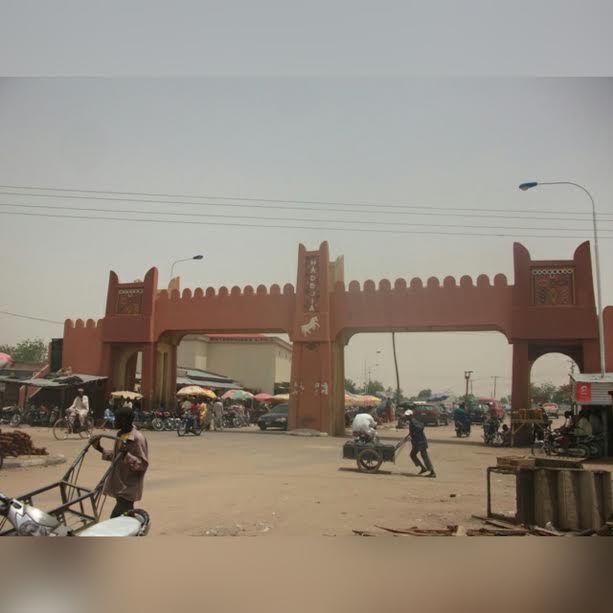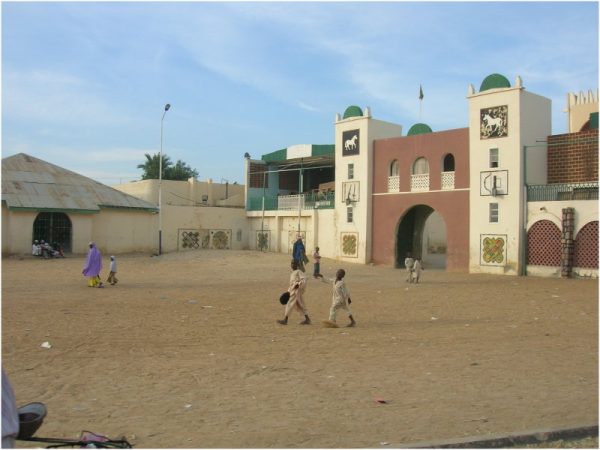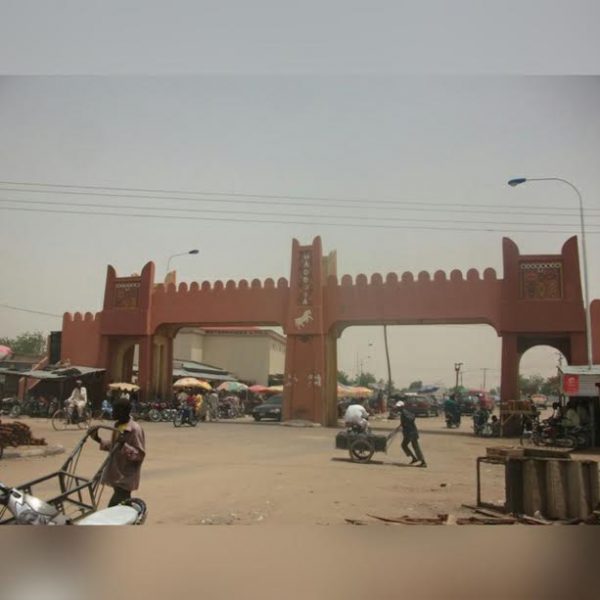About 173km North East of the city of Kano, the river Hadejia courses about the southern edge of a town named after it. In earlier times, what is now Hadejia town was a small vassal to the powerful Bornu Empire, not strong enough to assert itself against the might of much stronger neighbours. But today, it has sprawled beyond its old walls, growing at considerable pace into the savannah that surrounds it.
Hadejia is Jigawa State’s commercial nerve centre, a business-minded location with a raucous atmosphere that clearly contrasts with the more quiet and organized state capital, Dutse. Something about it has attracted people from across Nigeria- perhaps a sense that there is some gain to be made and an experience to be had in it. Evidence of this can be seen in the population figures for the area over time: in 1991, Hadejia had less than 50,000 inhabitants; today, its population has more than doubled- the 2006 census recorded details for over 105,000 residents of the area. The population explosion isn’t accounted for by a high fertility rate alone, as there has been an influx of migrants from other regions of the country. The town is predominantly Hausa, but there is a large community of people from the Central, South East and South Western parts of the country.
The heartbeat of Hadejia is its market. It is a mix of stores, kiosks, shadeless trade and itinerant merchants, bubbling with the traffic of humans and vehicles. The voice of a trader blaring through a loudspeaker may hang above the general chaos, challenged by the honking of cars and the bleating of goats. The Kano-Hadejia Road goes through the market- or rather, the market is spread out from its sides-enabling goods from the neighbouring agrarian communities to be brought in for sale, or collected there for further movement to markets in cities hundreds of miles away. Items like fish and tomatoes are quite popular with traders from other regions because they tend to be sold at much lower prices than in many other parts of the country. But the Hadejia market is also a typical town market having clothes stores, book shops and household equipment stalls. Plus the banks which have located themselves in the thick of business, in the part of town where money moves quickest.
An unmistakeable feature of the market area is the western gate, Kofar Yamma, which stands as a visible reminder of the past in which the town was much smaller. It is, in fact, one of a number of town gates which no longer mark the actual boundaries of the town. Hadejia now stretches far beyond them. The western gate is impressive for one thing- its exemplification of traditional Hausa architecture. And an even grander expression of this style is the Emir’s palace, situated within walking distance of the Kofar Yamma. The palace walls are decorated with intricate multi-coloured geometric patterns, an attractive embellishment for a structure already fascinating in its form. The building is as much a work of art as it is an abode, with its mixture of utility and aesthetics.
An unmistakeable feature of the market area is the western gate, Kofar Yamma… and an even grander expression of this style is the Emir’s palace, situated within walking distance of the Kofar Yamma.
A blend of the old and the new can be seen all over Hadejia, and it’s not just with its architecture. There seems to be a fierce loyalty to the baban riga and Jalabia, traditional Hausa attires which even the non-Hausas have adopted; but there’s also room for the western shirt and trouser, especially among the young and working adults. As for transportation, cars, motorcycles, tricycles and trucks have their way, but horses and donkeys- the preferred vehicles of the ancients -still play a role. A rider struggling to keep his horse in line as it gallops through the streets of the town is not an unusual sight to behold- although it must be said that many of Hadejia’s riders are probably good enough to pass for professional jockeys.
Just in case you plan to visit Hadejia, be sure you know what the weather is like at the time of the year you intend to be there. The weather extremes could be interesting to experience, but may also be difficult to cope with. In the dry season,temperatures often drop to as low as 11⁰C , with a chilling effect that leaves the inexperienced skin weary of taking an early morning bath. By April however, it soars above 40⁰C; you can afford to be lazy with your washing at this time of the year because the sun’s heat is far too kind with its drying power. But for humans, the heat is searing- the pace of business tends to slow down when its just past midday, as people remain indoors or stay under the shade of trees.
Hadejia is fascinating, but not for displays opulence or the glint of high-rise buildings. There are no propped up sites or ‘improvements’ made for the purpose of attracting tourists. It does have a great tourism potential, but that potential lies in its originality, in its unassuming marriage of the ancient and the modern. It can be seen in the horizons that turn red when sandstorms are about to arrive, and in the awesome sunset witnessed alone on a vast sandy field. The beauty of Hadejia lies in the sights and sounds embedded in everyday life, which the visitor would find surprising and thought provoking.



